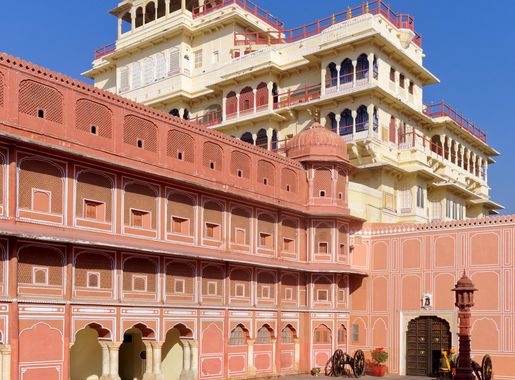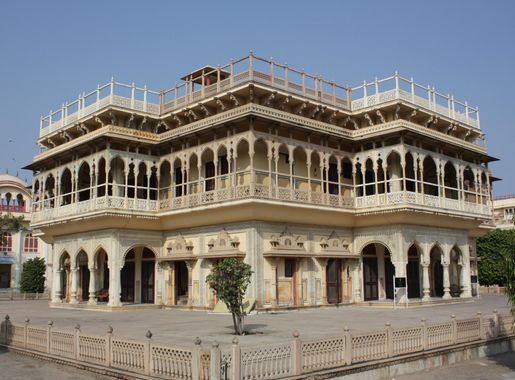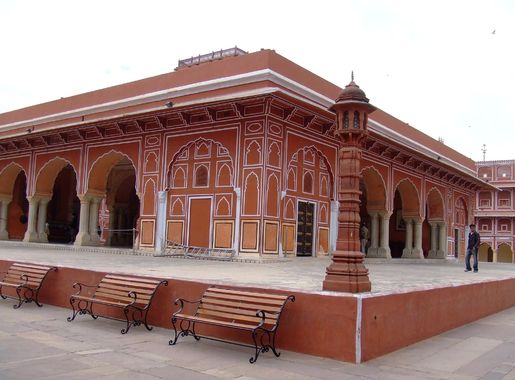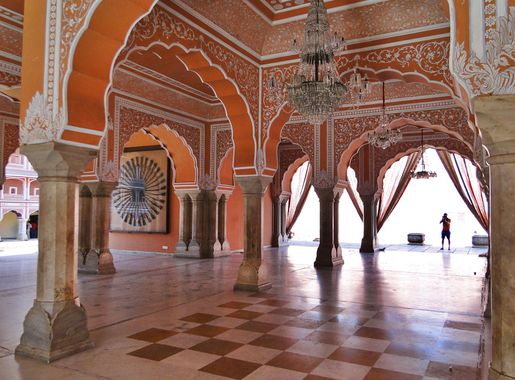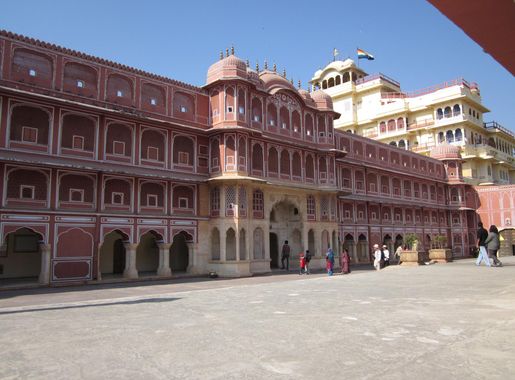
The Majestic City Palace of Jaipur
Discover the opulent City Palace in Jaipur, a blend of Mughal and Rajput architecture, cultural festivals, and royal heritage in the heart of the Pink City.
The City Palace in Jaipur, India, stands as a gleaming testament to the royal splendor of the Rajput dynasty. Nestled in the heart of the Pink City, this sprawling complex is an architectural marvel that seamlessly blends Mughal and Rajput styles. As you wander through its grand courtyards, opulent palaces, and intricately decorated gateways, you'll be transported back to an era of kings and queens. The City Palace is not just a historical monument, but a living, breathing cultural hub. It houses several museums showcasing royal costumes, armory, and art collections that offer a glimpse into the rich heritage of the region. The Mubarak Mahal and the Chandra Mahal are two of the key highlights, with the latter still serving as the residence for the royal family of Jaipur. Beyond the architectural and historical allure, the City Palace offers an immersive experience with its vibrant festivals, traditional music performances, and folk dances. Don't miss the chance to explore the Diwan-i-Khas, the hall of private audiences, where you can see the two largest silver vessels in the world, recognized by the Guinness Book of World Records.
Local tips in City Palace
- Visit early in the morning to avoid the crowds and enjoy a peaceful experience.
- Hire a local guide to enrich your visit with fascinating historical anecdotes and insights.
- Wear comfortable shoes as you'll be walking a lot to explore the vast complex.
- Check the schedule for any cultural performances or events happening during your visit.
- Photography is allowed in most areas, but be mindful of the signs indicating restricted zones.
The Majestic City Palace of Jaipur
The City Palace in Jaipur, India, stands as a gleaming testament to the royal splendor of the Rajput dynasty. Nestled in the heart of the Pink City, this sprawling complex is an architectural marvel that seamlessly blends Mughal and Rajput styles. As you wander through its grand courtyards, opulent palaces, and intricately decorated gateways, you'll be transported back to an era of kings and queens. The City Palace is not just a historical monument, but a living, breathing cultural hub. It houses several museums showcasing royal costumes, armory, and art collections that offer a glimpse into the rich heritage of the region. The Mubarak Mahal and the Chandra Mahal are two of the key highlights, with the latter still serving as the residence for the royal family of Jaipur. Beyond the architectural and historical allure, the City Palace offers an immersive experience with its vibrant festivals, traditional music performances, and folk dances. Don't miss the chance to explore the Diwan-i-Khas, the hall of private audiences, where you can see the two largest silver vessels in the world, recognized by the Guinness Book of World Records.
Iconic landmarks you can’t miss
Hawa Mahal
Discover the enchanting Hawa Mahal, an architectural masterpiece in Jaipur, showcasing intricate designs and a rich royal heritage.
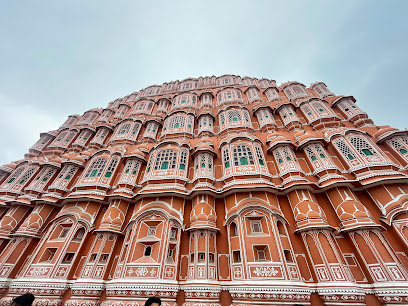
The City Palace
Explore the grandeur of The City Palace in Jaipur, a historical landmark showcasing royal heritage and architectural brilliance.
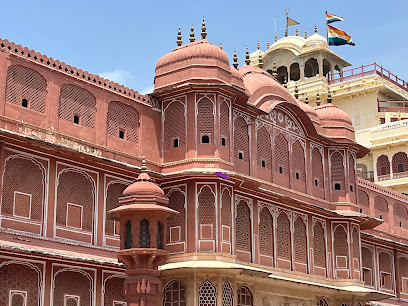
Sheesh Mahal Amber Fort
Explore the enchanting Sheesh Mahal, a historical gem within Amber Fort, where mirrored reflections and rich heritage come together in a stunning display.
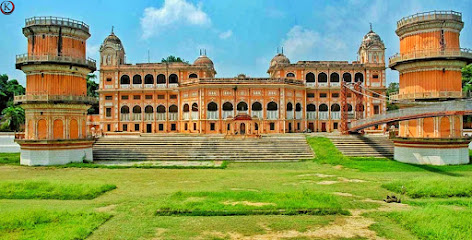
Maharaja Sawai Man Singh II Museum
Discover the opulent heritage and historical treasures of Rajasthan at the Maharaja Sawai Man Singh II Museum, a must-visit in Jaipur.
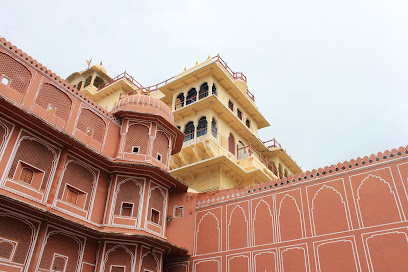
Chandra Mahal
Discover the regal elegance of Chandra Mahal, a historical landmark in Jaipur showcasing Rajasthani heritage and architectural beauty.
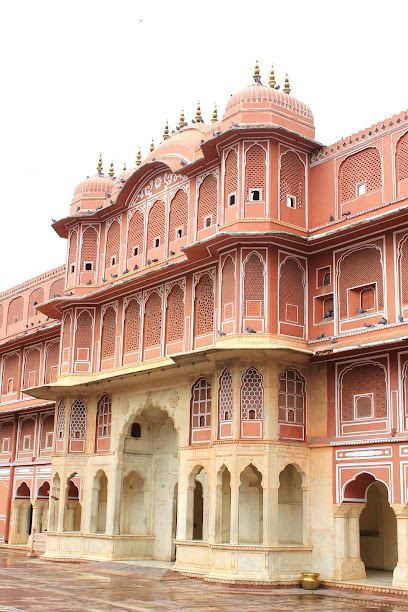
Mubarak Mahal City Palace
Explore the rich heritage of Rajasthan at Mubarak Mahal, a museum showcasing the exquisite textiles and artifacts of Jaipur's royal past.
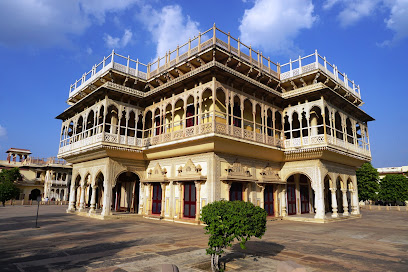
Garden Of City Palace
Discover tranquility and royal heritage at the Garden of City Palace, a lush oasis in the heart of Jaipur, India.
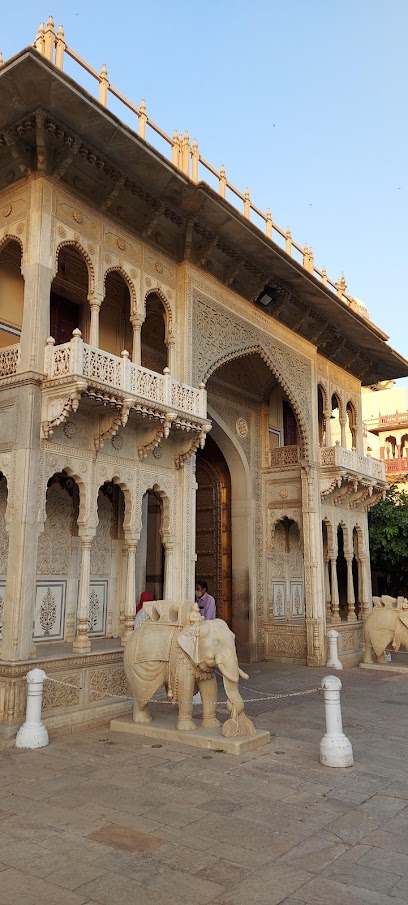
Unmissable attractions to see
Amber Palace
Explore the grandeur of Amber Palace, a stunning fortress in Jaipur, Rajasthan, showcasing exquisite architecture and rich history in the heart of the Pink City.
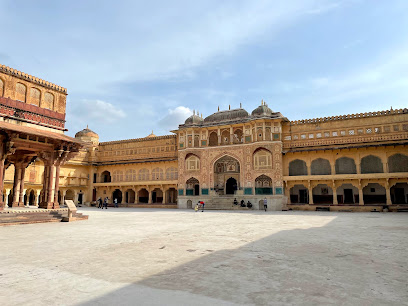
Jantar Mantar - Jaipur
Explore the celestial wonders of Jantar Mantar, Jaipur's iconic astronomical observatory and a UNESCO World Heritage Site.
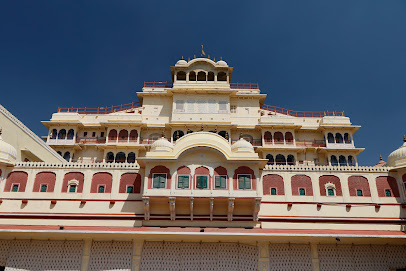
Dolls Museum
Discover the fascinating world of doll-making at Jaipur's Dolls Museum, showcasing diverse cultures through exquisite craftsmanship and artistry.
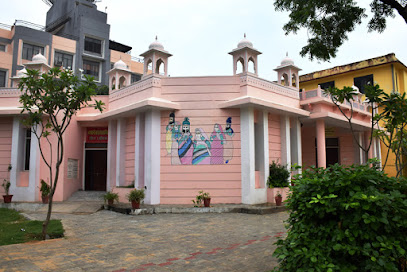
Essential places to dine
Muhammadi Palace
Experience authentic Mughlai cuisine at Muhammadi Palace in Jaipur's Pink City – where tradition meets flavor.
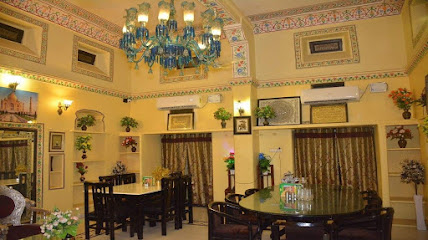
Govindam Retreat
Experience authentic Rajasthani vegetarian cuisine at Govindam Retreat - a culinary gem in Jaipur blending tradition with taste.
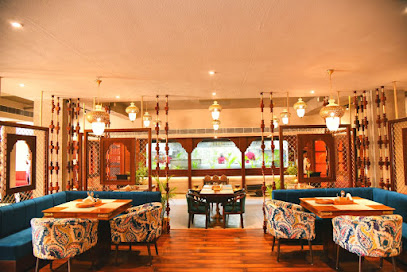
Peacock Restaurant
Discover exquisite North Indian cuisine at Peacock Restaurant in Jaipur - a vibrant dining experience awaits you!
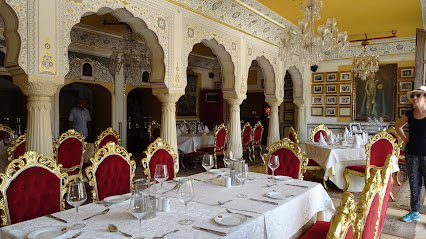
Kailash Veg Restaurant
Discover the essence of Rajasthani vegetarian cuisine at Kailash Veg Restaurant in Jaipur—where tradition meets flavor.
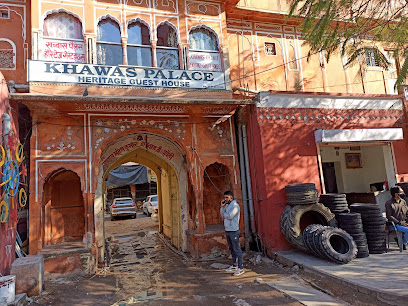
Heritage Buffet Restaurant - Veg Multicuisine Restaurant in Jaipur
Savor the authentic taste of Rajasthan at Heritage Buffet Restaurant – a vegetarian paradise in Jaipur offering diverse culinary experiences.
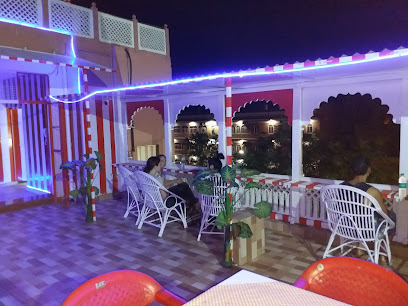
Baradari Restaurant & Bar
Experience exquisite grilled delicacies at Baradari Restaurant & Bar in Jaipur's historic City Palace, where tradition meets luxury.
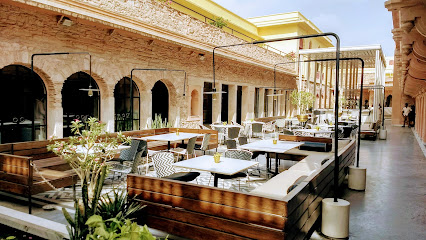
The Curry Spoon
Experience authentic Indian flavors at The Curry Spoon in Jaipur – where tradition meets taste.
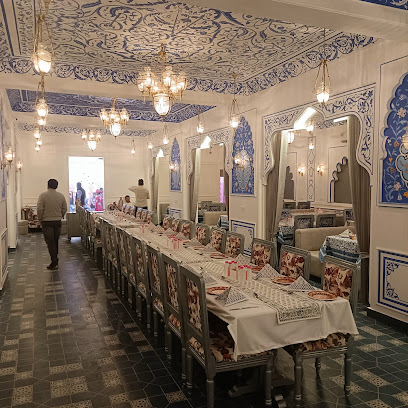
Royal Jaipur Palace
Discover authentic Rajasthani flavors at Royal Jaipur Palace – where tradition meets taste in the heart of Jaipur.
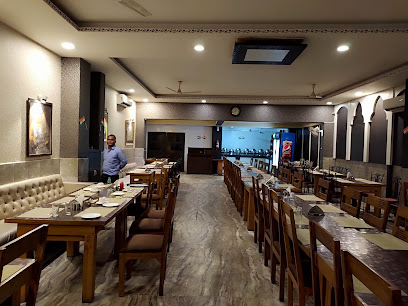
The Grand Peacock Restaurant
Savor authentic Rajasthani flavors at The Grand Peacock Restaurant in Jaipur - a culinary haven blending Indian, Chinese, and Continental delights.
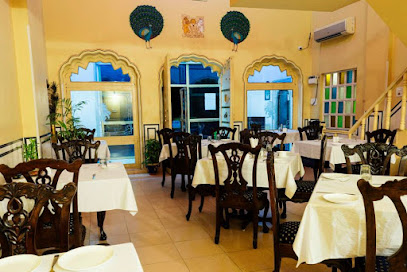
Cinnamon
Experience authentic Indian flavors in a regal setting at Cinnamon in Jaipur's iconic Jai Mahal Palace.
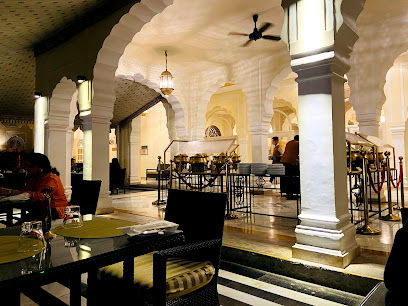
Markets, malls and hidden boutiques
Saraogi Mansion
Explore Saraogi Mansion in Jaipur, a vibrant shopping mall offering traditional and modern shopping experiences in the heart of Rajasthan.
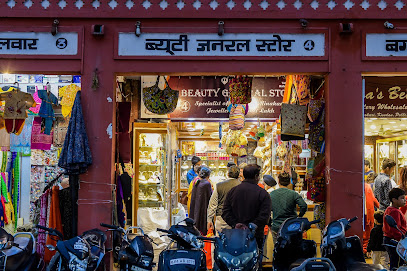
City Plaza
Explore City Plaza in Jaipur for a unique shopping experience with local crafts, international brands, and delightful dining options in a vibrant atmosphere.
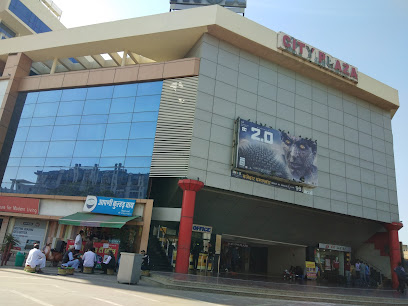
City Mall
Discover City Mall in Jaipur - your ultimate shopping destination, blending modern retail with local culture and vibrant dining options.
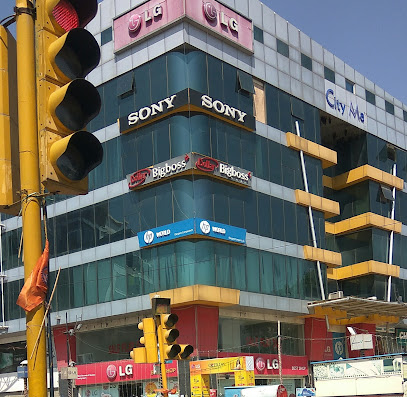
Anokhi
Discover the essence of Indian craftsmanship at Anokhi, Jaipur's premier boutique for hand-block printed textiles and unique handicrafts.

Ellora Arts
Experience the essence of Rajasthani craftsmanship at Ellora Arts, your go-to destination for exquisite jewelry, clothing, and handicrafts in Jaipur.
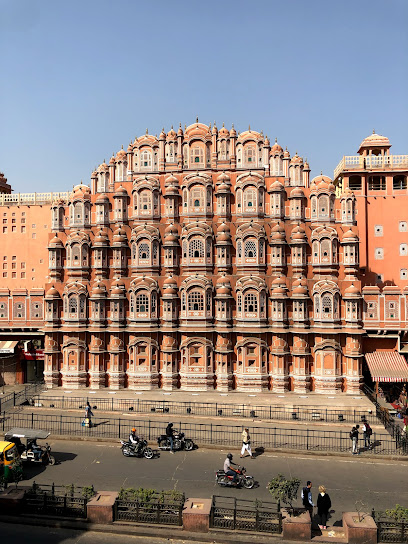
Al Usmaniah Perfumes - Best Perfume palace in Jaipur
Explore Al Usmaniah Perfumes in Jaipur, where tradition meets luxury in a captivating array of exquisite fragrances and elegant designs.
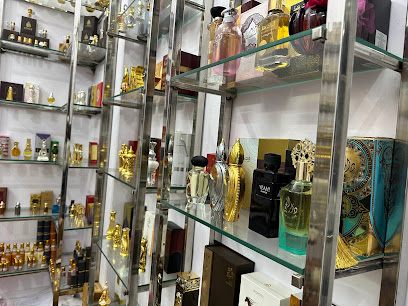
Rajasthan Fabrics and Arts
Discover the vibrant world of Rajasthani textiles and crafts at Rajasthan Fabrics and Arts, a must-visit antique store in Jaipur.
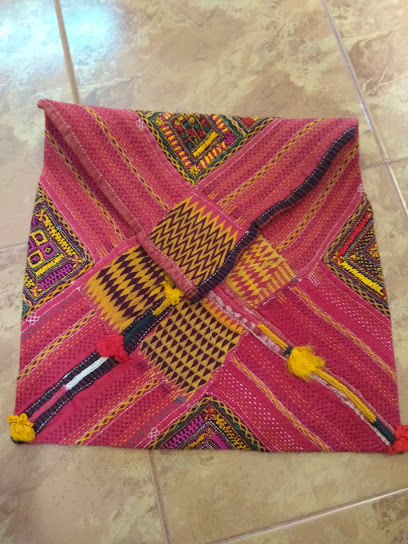
Umeed International
Discover the vibrant colors and traditional craftsmanship of Rajasthan at Umeed International, a unique clothing store in Jaipur's City Palace.
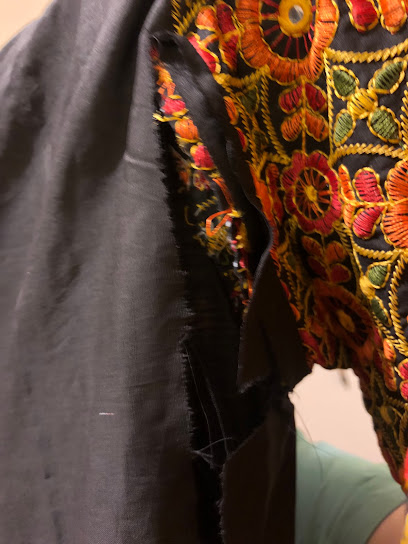
Fine Art Palace
Explore the vibrant artistic heritage of Rajasthan at the Fine Art Palace, where traditional crafts and modern artistry converge.
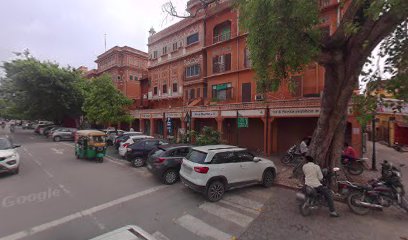
Palace Outlet (Kijjala)
Explore Palace Outlet in Jaipur for authentic Rajasthani souvenirs, vibrant textiles, and exquisite jewelry that capture the essence of Indian craftsmanship.
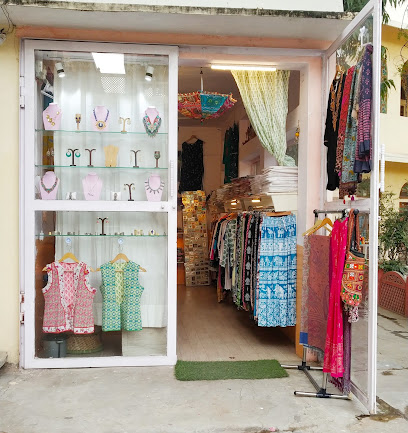
Essential bars & hidden hideouts
Blackout club in Jaipur
Experience the ultimate nightlife at Blackout Club, Jaipur, where exquisite dining meets vibrant bar ambiance in a chic setting.

The Night Jar Reloaded
Experience the elegance of The Night Jar Reloaded, a premier lounge in Jaipur offering exquisite cocktails and a delightful culinary journey.
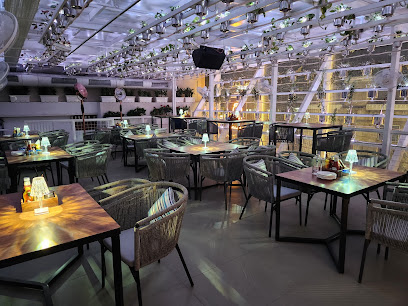
Bar Palladio Jaipur
Experience the elegance of Italian dining and vibrant nightlife at Bar Palladio, Jaipur's premier destination for food and fun.
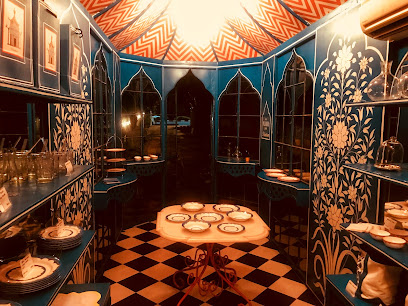
Scorpion A Pub City
Discover the energetic nightlife at Scorpion A Pub City, where every night is a celebration in the heart of Jaipur.
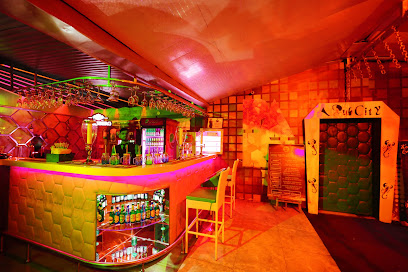
360° - Best cocktail bar & lounge| Panoramic Rooftop
Discover Jaipur's vibrant nightlife at 360° Rooftop Lounge, the perfect blend of panoramic views, live music, and exquisite cocktails.
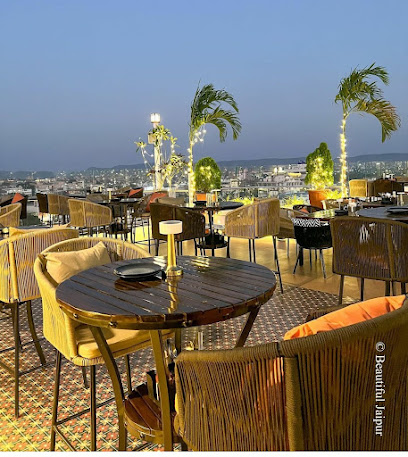
The CapeTown, Jaipur
Experience the vibrant nightlife of Jaipur at The CapeTown, a lively bar and lounge offering delicious food, refreshing drinks, and live music.
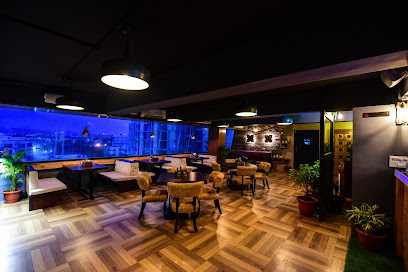
Baradari Restaurant & Bar
Indulge in a regal dining experience at Baradari Restaurant & Bar, located in the historic City Palace of Jaipur, offering exquisite grills and royal ambiance.
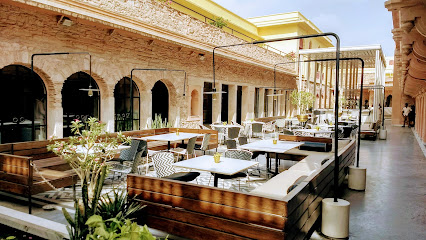
Clock Tower Jaipur | Bar & Kitchen
Discover the vibrant ambiance of Clock Tower Jaipur Bar & Kitchen, where local flavors meet modern dining experiences in the heart of Jaipur.
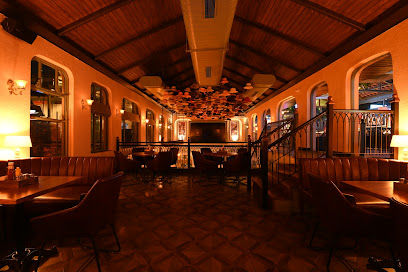
Jaipur Local - Everyday Bar
Discover Jaipur's nightlife at Jaipur Local - Everyday Bar, where vibrant culture meets exquisite cocktails and delicious North Indian cuisine.
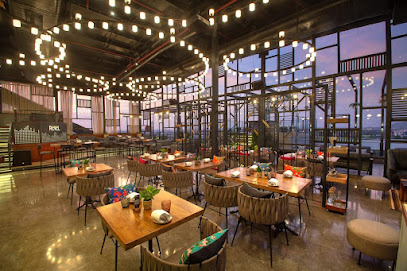
Lounge 18
Discover Lounge 18 in Jaipur, a vibrant bar and sports lounge offering exquisite drinks, delicious food, and an electrifying atmosphere for all.
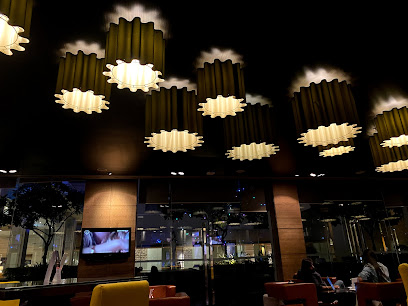
Local Phrases
-
- Helloनमस्ते
[Namaste] - Goodbyeअलविदा
[Alvida] - Yesहाँ
[Haan] - Noनहीं
[Nahi] - Please/You're welcomeकृपया / आपका स्वागत है
[Kripya / Aapka Swagat Hai] - Thank youधन्यवाद
[Dhanyavaad] - Excuse me/Sorryक्षमा कीजिये / माफ़ कीजिए
[Kshama kijiye / Maaf kijiye] - How are you?आप कैसे हैं?
[Aap kaise hain?] - Fine. And you?ठीक हूँ। आप?
[Theek hoon. Aap?] - Do you speak English?क्या आप अंग्रेज़ी बोलते हैं?
[Kya aap Angrezi bolte hain?] - I don't understandमुझे समझ नहीं आया
[Mujhe samajh nahi aaya]
- Helloनमस्ते
-
- I'd like to see the menu, pleaseकृपया मेन्यू दिखाएं
[Kripya menu dikhaayein] - I don't eat meatमैं मांस नहीं खाता
[Main maans nahi khaata] - Cheers!चियर्स!
[Cheers!] - I would like to pay, pleaseकृपया मैं भुगतान करना चाहूँ
[Kripya main bhugtan karna chaahun]
- I'd like to see the menu, pleaseकृपया मेन्यू दिखाएं
-
- Help!बचाओ!
[Bachao!] - Go away!चले जाओ!
[Chale jao!] - Call the Police!पुलिस को बुलाओ!
[Police ko bulaao!] - Call a doctor!डॉक्टर को बुलाओ!
[Doctor ko bulaao!] - I'm lostमैं खो गया हूँ
[Main kho gaya hoon] - I'm illमुझे बीमारी है
[Mujhe bimari hai]
- Help!बचाओ!
-
- I'd like to buy...मुझे ... खरीदना है
[Mujhe ... khareedna hai] - I'm just lookingमैं सिर्फ देख रहा हूँ
[Main sirf dekh raha hoon] - How much is it?यह कितना है?
[Yeh kitna hai?] - That's too expensiveयह बहुत महंगा है
[Yeh bahut mehnga hai] - Can you lower the price?क्या आप कीमत कम कर सकते हैं?
[Kya aap keemat kam kar sakte hain?]
- I'd like to buy...मुझे ... खरीदना है
-
- What time is it?अभी कितने बजे हैं?
[Abhi kitne baje hain?] - It's one o'clockएक बजे हैं
[Ek baje hain] - Half past (10)दस बजे आधे
[Das baje aadhe] - Morningसुबह
[Subah] - Afternoonदोपहर
[Dopahar] - Eveningशाम
[Shaam] - Yesterdayकल
[Kal] - Todayआज
[Aaj] - Tomorrowकल
[Kal] - 1एक
[Ek] - 2दो
[Do] - 3तीन
[Teen] - 4चार
[Char] - 5पाँच
[Paanch] - 6छह
[Chheh] - 7सात
[Saath] - 8आठ
[Aath] - 9नौ
[Nau] - 10दस
[Das]
- What time is it?अभी कितने बजे हैं?
-
- Where's a/the...?... कहाँ है?
[... kahan hai?] - What's the address?पता क्या है?
[Pata kya hai?] - Can you show me (on the map)?क्या आप मुझे दिखा सकते हैं (नक्शे पर)?
[Kya aap mujhe dikhla sakte hain (naksha par)?] - When's the next (bus)?अगली (बस) कब है?
[Agli (bus) kab hai?] - A ticket (to ....)एक टिकट (.... के लिए)
[Ek ticket (.... ke liye)]
- Where's a/the...?... कहाँ है?
History of City Palace
-
The history of City Palace is intertwined with the founding of Jaipur in 1727 by Maharaja Sawai Jai Singh II, a prominent Rajput ruler. Seeking a more strategically advantageous location than the previous capital of Amber, Jai Singh II laid out Jaipur based on Vastu Shastra principles. The City Palace was constructed as the royal residence, serving as a symbol of power and culture for the Kachwaha clan.
-
The City Palace showcases a blend of Rajasthani and Mughal architectural styles, reflecting the cultural synthesis of the period. Construction began in the early 18th century and continued for several decades, with various rulers adding their unique touches. Key structures within the palace, such as the Chandra Mahal and the Mubarak Mahal, demonstrate intricate craftsmanship and the artistic prowess of the artisans of that era.
-
Throughout the 18th and 19th centuries, City Palace served not only as a royal residence but also as a center for political affairs. The palace hosted significant events, including formal durbars, and was a gathering place for nobility and diplomats. The royal family played a crucial role in the region's politics, fostering alliances and navigating the complexities of British colonialism.
-
During British rule in India, the City Palace adapted to new political realities. The rulers of Jaipur maintained a semi-autonomous status under British oversight. This period saw the palace become a venue for British officials and Indian royalty, reflecting the intricate dynamics of power and diplomacy. The palace's architecture was influenced by these changes, incorporating elements that appealed to both Indian and British sensibilities.
-
After India gained independence in 1947, the royal family of Jaipur transitioned from rulers to cultural custodians. The City Palace was opened to the public, allowing visitors to experience its rich history and heritage. Efforts have been made to preserve the palace and its artifacts, including the establishment of museums that showcase royal regalia, paintings, and manuscripts, highlighting the cultural legacy of Jaipur and its royal lineage.
City Palace Essentials
-
City Palace is located in the heart of Jaipur. The nearest railway station is Jaipur Junction, approximately 2.5 kilometers away. From the station, you can take an auto-rickshaw or taxi, which are readily available. If you're arriving by air, Jaipur International Airport is about 12 kilometers from the City Palace. Taxis and ride-sharing services are available at the airport. Local buses also connect various neighborhoods to the City Palace, with the nearest bus stop located on Ajmer Road.
-
City Palace is best explored on foot, as many of its attractions are within walking distance of each other. Auto-rickshaws are a convenient option for getting around the neighborhood. For a more local experience, consider renting a bicycle from one of the nearby rental shops. Public buses are available but may not be the most comfortable option for tourists. Taxis and ride-sharing services can also be used for longer distances.
-
City Palace is generally safe for tourists, but standard precautions should be taken. Avoid walking alone at night in poorly lit areas. Petty crime, such as pickpocketing, can occur in crowded places, so always keep an eye on your belongings. Areas like the Johari Bazaar and Bapu Bazaar can be crowded; stay vigilant here. It's advisable to avoid deserted streets late at night.
-
In case of an emergency, dial 100 for police assistance or 102 for ambulances in India. Local hospitals, such as SMS Hospital, are equipped to handle emergencies. It's also wise to have travel insurance that covers medical emergencies. For minor health issues, pharmacies are available throughout the area.
-
Fashion: Do dress modestly, especially when visiting religious sites within the City Palace. Avoid revealing clothing. Religion: Do respect local customs and traditions. When visiting temples, remove your shoes and maintain silence. Public Transport: Do give up your seat to elderly passengers on public buses. Don’t eat or drink on public transport. Greetings: Do greet locals with 'Namaste' and a slight bow. Eating & Drinking: Do try local sweets like 'ladoo' and drink water from sealed bottles. Don’t refuse food offerings, as it can be seen as impolite.
-
To experience City Palace like a local, visit the local chai stalls and try traditional Rajasthani snacks. Explore the nearby markets, such as Johari Bazaar, for jewelry and handicrafts. Engage with local artisans, who may share insights about their crafts. If possible, catch a cultural performance at the palace or nearby venues to immerse yourself in Rajasthani culture. Early mornings are the best time to visit to avoid crowds and appreciate the architecture.
Nearby Cities to City Palace
-
Things To Do in Ranthambore
-
Things To Do in Pushkar
-
Things To Do in Agra
-
Things To Do in Delhi
-
Things To Do in Gwalior
-
Things To Do in Jodhpur
-
Things To Do in Udaipur
-
Things To Do in Rishikesh
-
Things To Do in Bhopal
-
Things To Do in Kanpur
-
Things To Do in Shimla
-
Things To Do in Jaisalmer
-
Things To Do in Lucknow
-
Things To Do in Lahore
-
Things To Do in Amritsar

